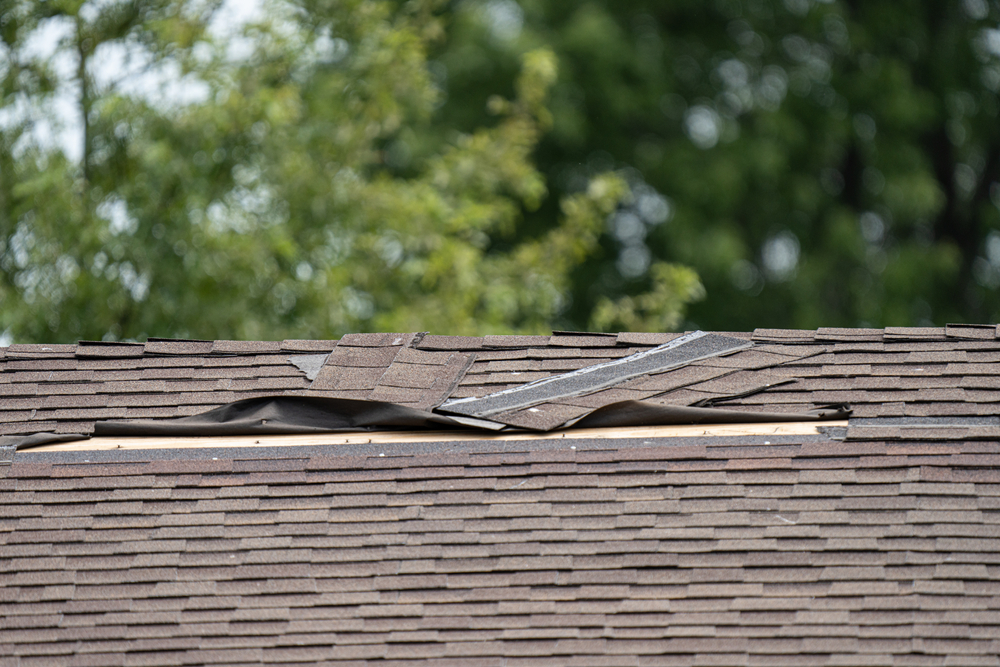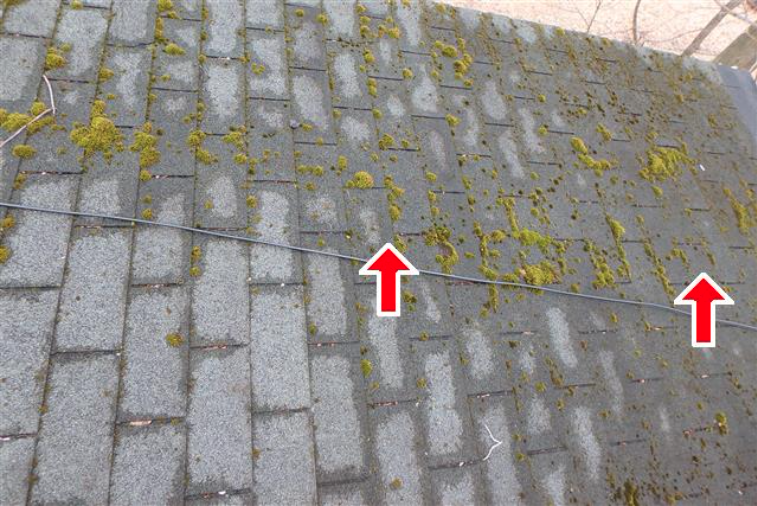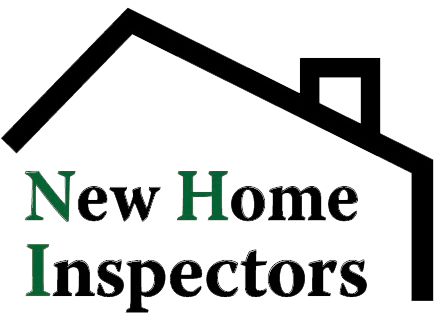
A home inspection is a vital part of the home buying process. When you get a home inspection, one of the things that is checked is the roof. The roof is one of the most important parts of a home, so you want to make sure that it is in good condition. By having a home inspector check your roof, you can be sure that there are no major issues that need to be addressed before purchasing the property.
In this blog post, we will discuss what a home inspector looks for when they check the roof, as well as some common issues that are found during inspections. If you are buying a home on Long Island, it’s important to know what to expect from the roof inspection!
Call now: (631) 368-1800
2 Roof Inspection Methods
Visual Inspection: Like most home inspectors, we climb up onto the roof to check for damage. We inspect the shingles, check for missing or broken ones, and look for signs of wear. We also check around chimneys, skylights, and any other roof penetrations to make sure they’re properly sealed. Additionally, we check for chimney and vent heights in relation to the roof.
Drone Inspection: If we cannot access the roof, we can use our drones to record the condition of the roof and its components. Drone imaging will show any potential issues, such as broken or missing shingles, worn flashing, aged caulking, rust on metal panels, leakage around pipe penetrations, sagging eaves and more.
Note: During winter, it is difficult and sometimes impossible to properly inspect a roof. Often, we cannot inspect a roof due to snow and ice coverage.
A Quality Roof Inspection Includes:
- A thorough visual inspection of the roof and its components
- An assessment of all flashing, gutters, and downspouts
- An evaluation of all penetrations, vents and chimney
- Measurement of roof slopes to determine proper drainage
- Documentation of any existing damage or deterioration
- Photos taken from both the ground and the roof when possible
- Completion of a detailed report outlining findings.
Common Roofing Problems to Look Out for on a Home Inspection
Roofing problems do not age well. What starts as a loose or missing shingle can grow into a weakened area of the roof. That weakened area can cause water and debris to collect, which eventually become a leak. We recommend our clients pay close attention to our findings on a roof.
Here are some common problems found on the home inspection:
- Missing or loose shingles
- Damaged flashing
- Blistering, curling or broken shingles
- Improperly installed vents and chimneys
- Gutters that are pulling away from the structure
- Debris buildup in gutters and downspouts
- Ice dams near eaves or valleys of a roof.
We will also check for proper attic ventilation and insulation. Poor attic ventilation can cause structural damage and mold growth over time if not corrected. Poor insulation causes heating issues in winter as well as excessive utility costs.
Undoubtedly, not all issues require an immediate fix prior to closing. Our main goal is to provide all information for buyers and sellers to review and chose which get resolved before the sale. In extreme cases, however, roofing troubles can lead to home inspection failure.
What to do if a Roof Fails a Home Inspection?
A home inspection is a vital part of the home buying and selling process. For buyers, it gives peace of mind that their new home is safe. For sellers, a pre-listing inspection helps prepare them to fix up their home and negotiate their home’s worth. In some cases, home inspections can fail due to extreme roofing issues. Both buyer and seller have options in this case.
What the Buyer Can Do:
If a roof fails the home inspection, the buyer may choose to renegotiate the contract. They can ask for repairs that fix any existing damage or deterioration. The buyer can also request that the seller pay for all or part of the cost of a new roof. If these requests are not accepted by the seller, it’s up to the buyer to decide whether or not they’re willing to take on this risk and purchase a home with a failing roof.
However, it’s worth noting that it will be difficult to secure homeowners insurance with a dilapidated roof. For instance, you may be required to clean any moss or algae from your roof before your insurance is issued. If ignored, moss will damage your shingles and the integrity of the roof.

Image Description: The inspector noticed moss/lichen growth on the roof and black algae streaks. Lichen can cause mineral loss on the roof shingles. The growth can be cleaned off by a qualified professional.
What the Seller Can Do:
The seller in this case has two options; repair or replace their roof prior to closing. Our home inspectors will call out specific areas of repair or replacement. Repairing their roof will involve bringing in an expert to look over any existing damage and make necessary repairs. Depending on the age and condition of the roof, it may be more efficient in some cases to replace it entirely rather than repair any damage.
In either case, it’s important to make sure that all necessary permits are obtained. In order to protect both parties, any work needs to be inspected prior to sale.
Conclusion
The roof is an important part of the home inspection. It is one of the home’s major elements that require a mandatory fix. Furthermore, many homebuyers will walk away from homes with substantial roofing issues.
In conclusion, it’s important to handle any roof issues prior to closing if you are the homeowner. Whether that means repairing or replacing the existing roof, all necessary permits should be obtained and inspections completed in order to ensure everyone is protected. Taking these steps beforehand can help avoid potential problems with the sale of a home.


